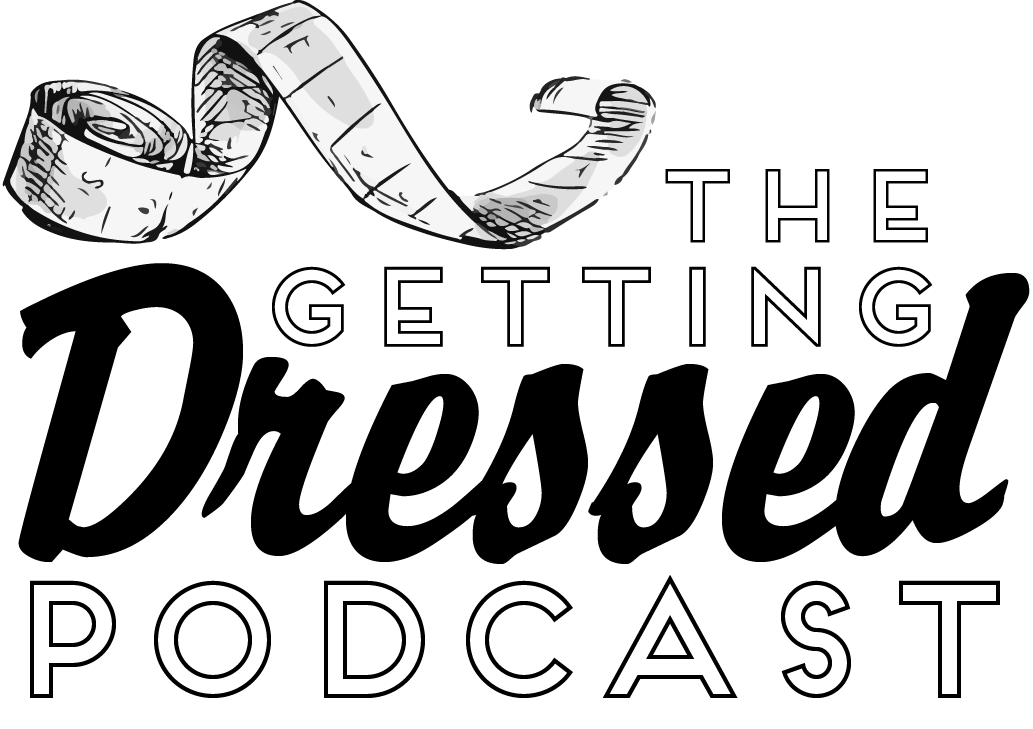How to Audit Your Closet
Auditing your wardrobe can seem daunting at first. Do you need to remove pieces? Should you donate or throw away? What is your style vision compared to what you own? Has your weight changed since you purchased new items? Has your style changed over time?
While these questions are worth considering, there are easier and less stressful ways to think about auditing your closet. Here are 5 ways to evaluate your closet to ultimately build the wardrobe you desire.
1. Evaluate your current stage in life.
Taking an honest look at our jobs, relationships, where we live, and our hobbies can help us determine if our closet is a true reflection of where we stand. Additionally, truly reviewing our life helps us understand where we are (or want to be) going. Dress in a way that reflects who you are. If we’re not constantly pruning our wardrobe, it will no longer reflect who we are. For many, COVID forced us to change what we wore on a daily basis. Maybe we went from wearing a professional suit every day to athleisure at home. It’s best to evaluate life changes on an annual or semi-annual basis to ensure your clothes are fitting your life’s needs.
2. Evaluate your clothes based on changing seasons.
As the seasons change, it’s natural for us to switch out pieces in our wardrobe to reflect the current season. While you move your summer items into bins for the winter, determine if you still like those pieces. Were there certain pieces you didn’t wear the entire season? Are these seasonal clothes still working for you in your current stage of life? By rotating our clothing seasonally, we have the opportunity to ask ourselves what is and is not worth keeping.
3. Evaluate your closet based on what’s not working.
Use a simple rubric to audit your closet and prune what’s not working:
Does this piece fit?
Do I wear this piece?
Is this piece outdated?
Does this piece bring me joy?
To justify keeping an item of clothing in your closet, the piece should be worn often (if it’s meant to be worn infrequently but is still worn, that’s okay too), should fit you well, should not be outdated, and should bring you joy when wearing it. An exception to this rule is when we are in times of fluctuation or bodily change – pregnancy, postpartum, illness, significant weight loss, job transition, etc.
4. Evaluate your closet based on your individual style vision and personality.
Dress in a way that is in complete alignment with who you are. If your clothes don’t reflect who you are and where you are going, then it may be time for a change. What are your quirks and characteristics that you want to shine? Do you enjoy wearing classically cut pieces with minimal color or looser garments with highly saturated color and patterns? Generally speaking, there are 6 style personalities (more on this in a later post): dramatic, classic, aristocratic, natural, creative, romantic. Each of us falls into one or two of these when it comes to our style preferences. These personalities also help guide our understanding of who we are and how we should dress. If you are starting from scratch, build a Pinterest board of items you like. This digital style board will help you curate your closet and fill in gaps based on what you naturally like.
5. Evaluate what’s worth tailoring.
Having tailored garments that fit well is an important element of anyone’s style. As you look over your closet, determine what pieces are worth tailoring. If a piece is currently too tight, can and should it be let out? If an item is outdated, can it be changed enough to be “in” again? If a dress is too large, is it worth taking in? Chances are, most of us have items that should be kept but need to be tailored to make it worth it. Find a good tailor or Nordstrom to help with most of your tailoring needs.
You don’t need to incorporate every one of these suggestions to audit your closet efficiently. Take your time as you review each piece, and make your closet a source of personal happiness and confidence when you wear the clothing in it. As you remove clothes, don’t forget to fill in the gaps with new, preferred items that fit. As you continually do this, you’ll have a closet that works for you every day and in every season.
Stylishly yours,
Anthony Bolognese and Leah Nalepa
